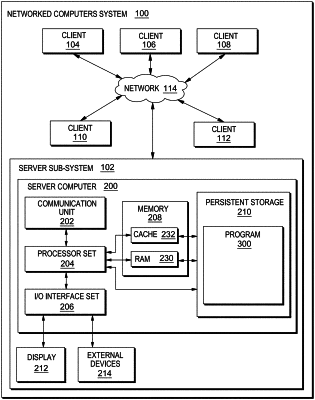| CPC G06T 11/00 (2013.01) [G06F 16/51 (2019.01); G06F 40/295 (2020.01); G06V 10/22 (2022.01); G06V 20/20 (2022.01)] | 19 Claims |

|
1. A computer-implemented method comprising:
identifying two or more distinct elements in an image;
generating sub-images for the two or more distinct elements;
for the distinct elements, generating adjectives descriptive of preexisting content associated with the respective distinct element by extracting the adjectives from the preexisting content;
detecting a user interaction with a particular one of the sub-images;
displaying a response list of responses including the adjectives associated with the particular element of the sub-image being interacted with in response to the user interaction with the sub-image, the list including a response having custom input field for enabling user input of a customized response;
obtaining annotation data based at least in part on user selection of one of the responses from the response list displayed for the distinct element of the sub-image being interacted with; and
assigning the annotation data to the distinct element of the sub-image being interacted with, wherein the annotation data is displayed in response to subsequent interactions with the distinct element in the image;
obtaining comment data representative of one or more comments associated with the image from an internet-based platform outputting the image, the one or more comments being posted by one or more previous users;
identifying named objects included in the one or more comments;
generating embedding representations for the named objects identified;
generating embedding representations for the two or more distinct elements identified in the image;
determining embedding similarities for the named object embedding representations and the distinct element embedding representations;
determining one or more suitable comments for a particular one of the distinct elements based, at least in part, on the embedding similarity thereof; and
providing the one or more suitable comments to be overlaid on the particular distinct element in the image in response to an interaction with the image.
|